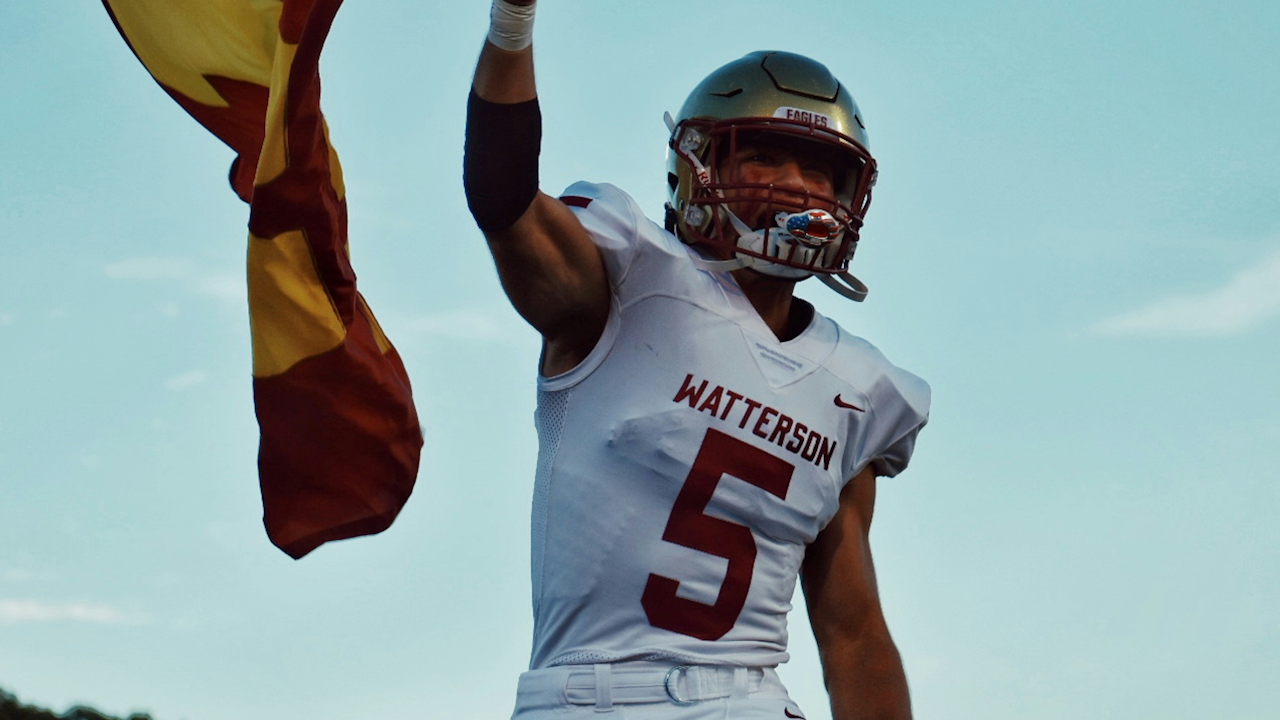In the realm of fantasy sports, where points replace plays and rosters evolve weekly, the true masters of the game are not the athletes on the field but the strategists behind the screen. These are the fantasy league power players—those few who consistently finish at the top of the standings, dominate trades, and seem to predict injuries and breakout stars with uncanny precision. While many casual participants chalk it up to luck, the truth is far more intricate. Behind the scenes, being a fantasy league powerhouse is a calculated, research-heavy, and time-intensive endeavor.
At first glance, fantasy sports might seem like a simple game of choosing your favorite players and hoping they perform well. But for top-tier managers, it begins long before draft day. Preparation is an ongoing process that includes reading scouting reports, analyzing historical stats, and evaluating offseason changes. Power players subscribe to multiple fantasy websites, track player performance trends, and often participate in mock drafts to test different strategies. They know that every decision has ripple effects, and they rarely rely on instinct alone.
A typical week during the season is packed with activity. Early in the week, power players assess the results from the previous games. They look at snap counts, target shares, usage trends, and game scripts. A running back who didn’t score may still be a valuable asset if he dominated touches. A wide receiver who had a quiet game might be on the verge of a breakout based on how he was utilized. These nuanced evaluations set elite managers apart from casual ones who look only at box scores.
Waiver wire activity is another area where fantasy elites separate themselves. Many casual players make one or two changes a week, but the pros are combing through stats and team news to make strategic pickups, often beating others to emerging stars. They set multiple alarms for waiver deadlines and budget their free agent auction money with long-term vision, not just short-term gain. It’s not uncommon for a power player to claim a player weeks before they become a household name.
Another cornerstone of elite fantasy management is trade acumen. Power players have a sharp eye for value and timing. They know when to sell high on a player who just had a peak performance and when to buy low on a star whose numbers are temporarily suppressed. Crafting trades is more than sending offers—it’s building relationships with other managers, understanding their needs, and striking deals that improve both rosters while subtly tipping the scales in their favor. Many power players act like general managers, managing egos and expectations as much as they manage players.
Injury updates and depth chart changes are critical to success. Power players often follow team beat writers on social media, read medical updates, and interpret coach-speak with a seasoned eye. They don’t just react to news, they anticipate it. If a starting running back is dealing with a nagging injury, they might roster his backup before others realize the significance. They also watch press conferences and postgame interviews, catching hints that less engaged managers overlook.
Perhaps the most overlooked element of fantasy dominance is psychological warfare. The best managers understand the mental dynamics of the game. They track their opponents’ tendencies, such as which managers panic after a bad week or overvalue certain teams. Subtle mind games come into play: bluffing interest in one player to distract others from a real target, or praising a trade to make it seem fairer than it actually is. Even public trash talk can be a tool, throwing others off their game while reinforcing one’s own confidence.
Managing multiple leagues is another common trait of top-tier players. Many power players participate in several leagues at once, testing strategies across different formats such as dynasty, redraft, or best-ball. This volume of experience sharpens their instincts and helps them stay ahead of trends. It also forces them to think flexibly and adapt to various scoring systems, roster structures, and league dynamics.
Success doesn’t come without sacrifice. Power players dedicate a significant amount of time to maintaining their edge. Sundays are not just for watching games but for taking notes, comparing live stats to projections, and evaluating performance against expectations. Mondays and Tuesdays are for setting waivers, and Wednesdays through Saturdays are for trade negotiations, injury tracking, and fine-tuning rosters. It’s practically a part-time job, albeit one pursued for love of the game rather than financial gain.
Behind the scenes, these managers are more like analysts than hobbyists. They balance spreadsheets, build models, and run simulations. Some use Python scripts to automate lineup optimization or project player performance. Others build elaborate dashboards or maintain personal databases of fantasy-relevant stats. This analytical approach might seem over the top to the average participant, but it’s part of what makes the difference between finishing in the middle of the pack and winning the championship.
In the end, fantasy sports offer a unique mix of competition, strategy, and community. While casual players may enter leagues for fun or camaraderie, power players are there to win—and they prepare accordingly. Their success isn’t about luck. It’s built on discipline, foresight, and an unrelenting hunger to outmaneuver every other manager in the league. Behind the scenes, these fantasy league power players are always working, always watching, and always ready to make the next great move.

